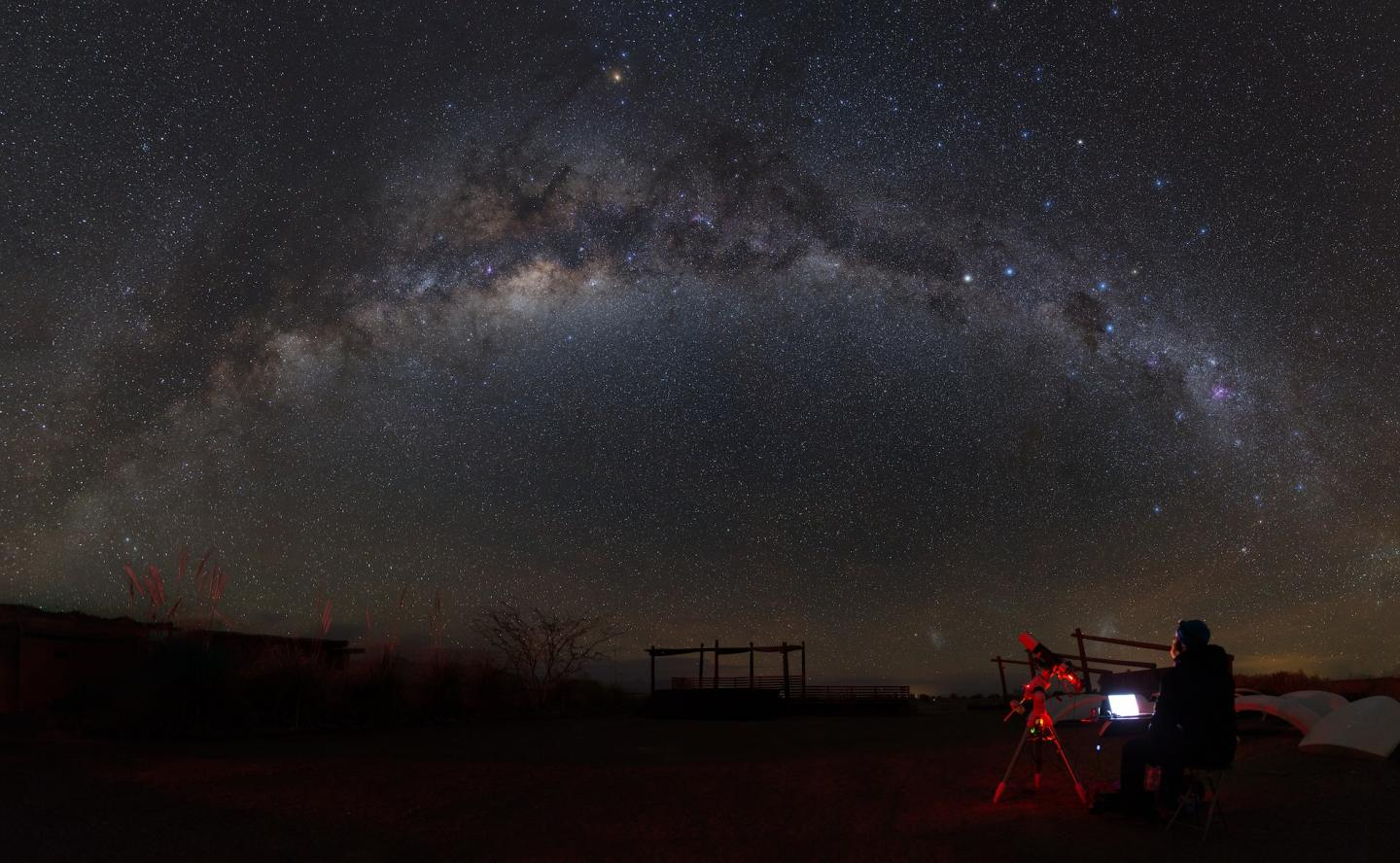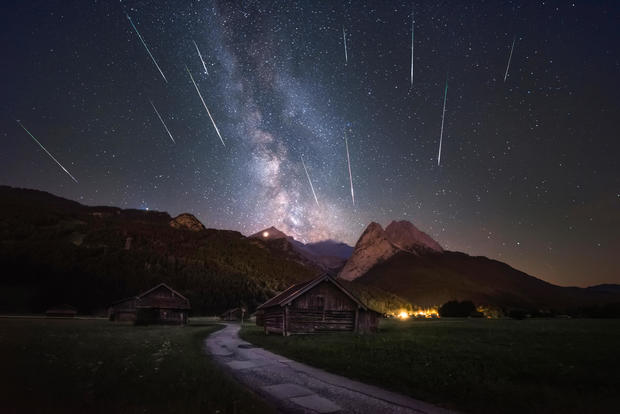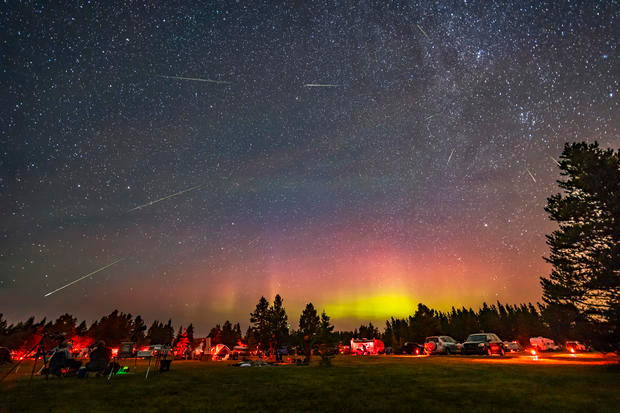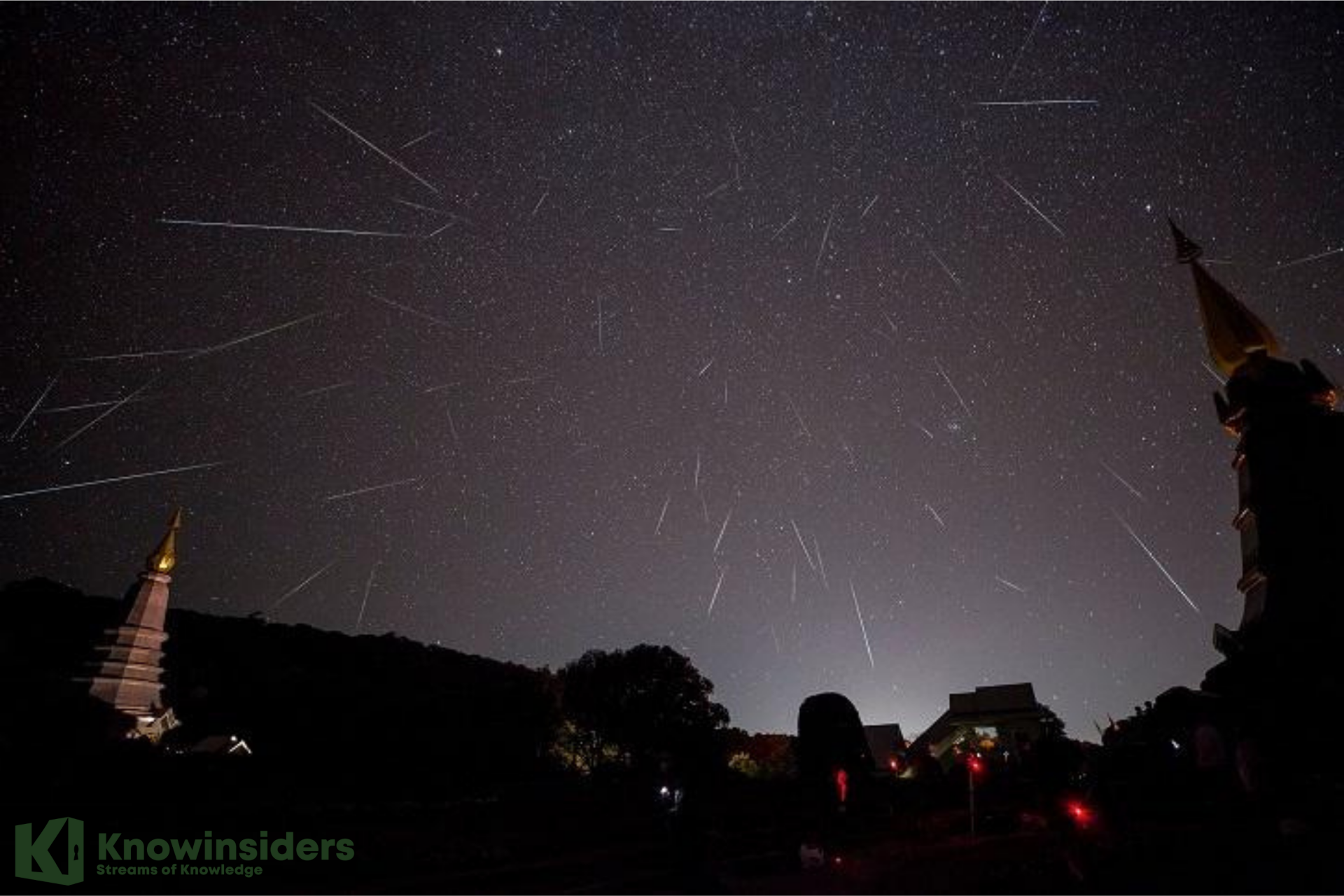The Perseids Meteor Shower: Time & Date, How and Where To Watch
 |
| Solitude under the stars - the best company by Yuri Zvezdny |
The past few months have delivered several spectacular celestial phenomena, including the rare "super flowerblood moon" lunar eclipse, "ring of fire" solar eclipse and a beautiful strawberry supermoon. But now, the year's best meteor shower, Perseids, is fast approaching, promising to bring spectacular shooting stars to the summer sky.
Astrophotographers will want to make sure their telescopes and cameras are ready for this epic cosmic event, which delivers incredible photos each year.
What is the Perseid meteor shower?
As comets get close to the Sun, they heat up and pieces break off. If the debris ends up in the Earth’s path around the Sun, it can slam into our atmosphere at speeds of between 7 – 45 miles per second. The actual speed that a meteor enters our atmosphere travels at depends on the combined speed of the Earth and the debris itself.
The average speed for a Perseid meteor is 36 miles per second. The air in front of the meteor is squashed and heated to thousands of degrees Celsius. The smaller meteors vaporise and leave behind a bright trail of light. Larger meteors can explode as fireballs.
Giovanni Schiaparelli was the first to realise the connection between meteor showers and comets. Lewis Swift and Horace Tuttle had discovered a new comet (which now bears their names) two years before Schiaparelli announced that the orbit of this comet coincides with the path that the source material for the Perseids take.
When is the Perseid meteor shower in 2021?
 |
| The 2018 Perseids meteor shower with the Milky way, taken in Garmisch-Partenkirchen in the Alps. GETTY IMAGES |
In 2021 the Perseid meteor shower is active between 16 July and 23 August, with the number of meteors increasing every night until it reaches a peak in mid-August, after which it will tail off. This year the peak falls on the night of the 12th and before dawn on 13 August.
| Shower Name | Date of Maximum | Normal Limits | Rate/Hour | Description |
|---|---|---|---|---|
| Perseids | 12-13 August | 16 July - 23 August | 150 | Many bright fast meteors with trains. Associated with Comet Swift-Tuttle (1737, 1862, 1992) |
HISTORY OF THE PERSEIDS & COMET SWIFT-TUTTLE
The Perseids are the legacy of Comet Swift-Tuttle, discovered in 1862 by Lewis Swift and Horace Parnell Tuttle. The comet passes through the inner Solar System, where Earth is located, only once every 133 years. Each August, Earth encounters the trail of debris left behind by Swift-Tuttle, and we are treated to one of the best meteor showers of the year.
The rate at which the meteors fall is determined by where Comet Swift-Tuttle is in relation to Earth when Earth crosses Swift-Tuttle’s orbit. The concentration of meteors is higher when the comet is near Earth. In the early 20th century, the peak rate of the Perseid meteor shower was as low as 4 meteors per hour. When Swift-Tuttle was very close to Earth in 1993, however, the peak rate was between 200 and 500 meteors per hour.
The first record of the Perseid meteor shower comes from a Chinese manuscript written in A.D. 36. The Italian astronomer Giovanni Schiaparelli linked the Perseid shower to Comet Swift-Tuttle in 1866, four years after the comet was detected by modern astronomers.Learn about the other major annual meteor shower, the Geminid meteor shower, here.
How to see the Perseid meteor shower
 |
| Photo: Getty Images |
Observers can look out for the shower wherever they are, but there are certain kinds of places that will increase your chances of spotting meteors.
Plan ahead and check the weather forecast. If it is likely to be inclement, find a different location or go out on a different day. The days leading up to the peak are usually better than the days after.
Reduce the amount of light pollution in your field of view. This could mean heading out to the countryside, a nearby park or even do something as simple as turning your back to street lamps if you are not able to go anywhere. Give your eyes at least 15 minutes to adjust to the dark so that you can catch more of the fainter meteors – this does mean that you should not look at your phone!
Meteors can appear in any part of the sky so the more sky you can see the better. Find an area with a clear view of the horizon and away from trees and buildings. Binoculars and telescopes are not necessary as they will restrict the size of the sky that will be visible to you.
However, there are many astronomical targets to look out for that would look magnificent through a telescope – take a look at our Night Sky highlights to find out more.
What time is best to see the Perseid meteor shower?
The best time to see anything in the night sky is when the sky is darkest and when the target is at its highest position in the sky. For meteor showers, this usually occurs between midnight and the very early hours of the morning.
12 midnight – 05:30am
The radiant of the Perseids is actually always above the horizon as seen from the UK, which means that observers in the UK should be able to see some meteors as soon as the Sun sets. Therefore, it is worth looking up in the early evening.
It is always favourable to try and spot meteors when the Moon is below the horizon or when it is in its crescent phase, because otherwise it will act as a natural light pollution and will prevent the fainter meteors from being visible.
Why should you look out for the Perseids?It is simply one of the best meteor showers of the year because it produces bright meteors and is one of the most active. The Geminids also has a high hourly rate; however, they occur in December when the Northern Hemisphere experiences winter. The Perseids take place over the school summer holidays in many parts of the Northern Hemisphere, which allows family groups to witness the shower together. There is also a high chance of seeing fireballs, which are very bright meteors, as well as meteors with long trains during the Perseid meteor shower. |
 Lyrid Meteor Shower 2021: When, Where & How To See It Lyrid Meteor Shower 2021: When, Where & How To See It Have you heard about Lyrid Meteor Shower? If you keep missing this special event the previous years, prepare for the 2021 one. One of the ... |
 Nostradamus Predictions: What is Waiting for us in 2021? Nostradamus Predictions: What is Waiting for us in 2021? NOSTRADAMUS is widely regarded as the world's greatest prophetic mind with at least three predictions that have eerily come true. What did the French mystic ... |


























